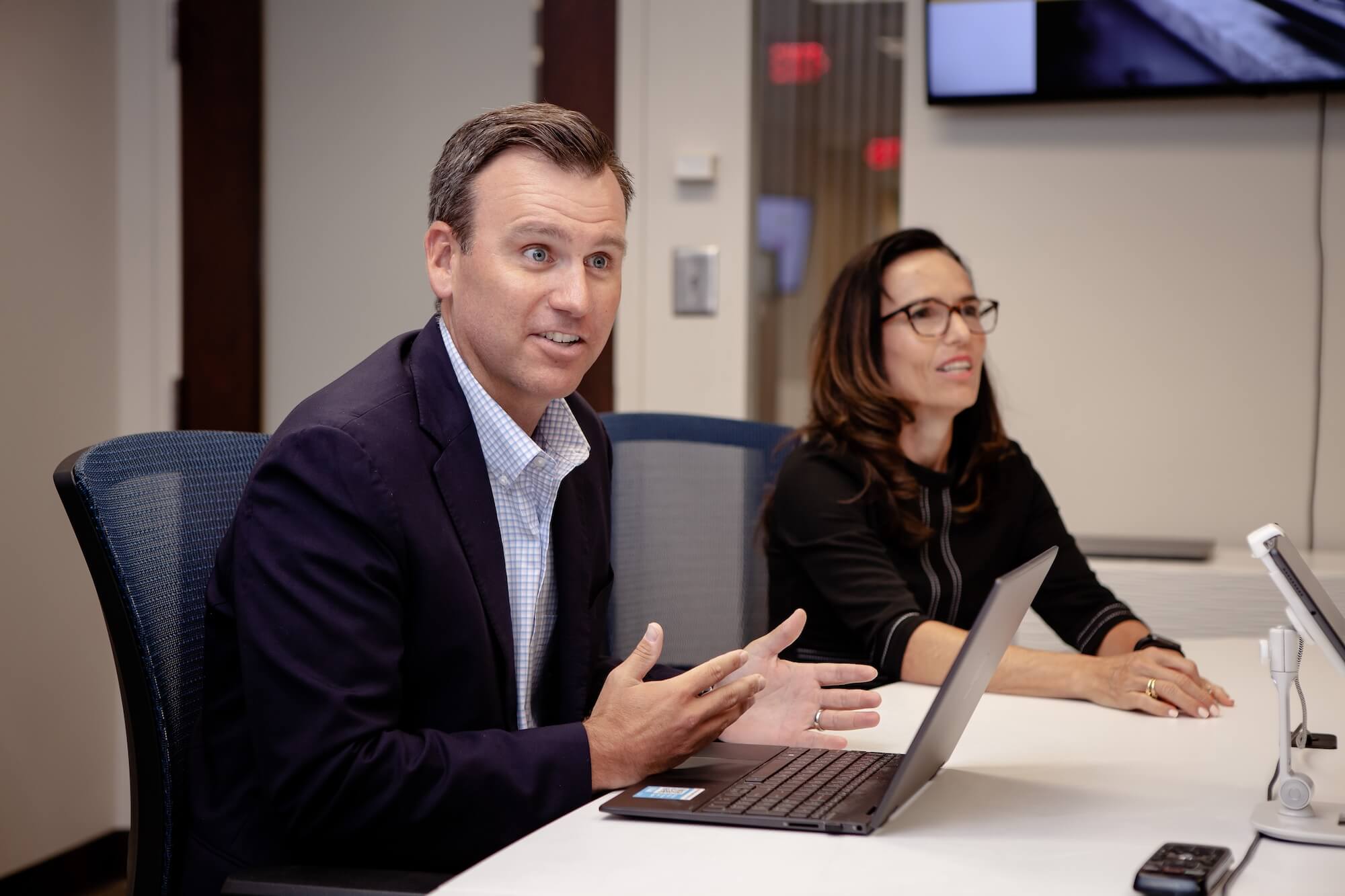Navigating the Landscape of Insurance for Security Integrators

Insuring the future: Navigating the landscape of insurance for security integrators
The insurance market for security integrators is experiencing a significant shift. No one knows this better than Wayne Dean, a seasoned partner here at Snellings Walters Insurance Agency who has been at the forefront of advising security integrator executives on insurance options for nearly two decades. In a recent conversation with Security Business, he shared insights into the evolving insurance industry landscape and what the impact of cyber risk means for integrators moving forward. Read on for his key takeaways on cyber insurance, as well as changes to auto, umbrella, D&O and other policies.
Embracing change: The rise of the cyber insurance market
Integrators are increasingly open to exploring different insurance coverage options, with cyber insurance emerging as a pivotal component. As the frequency and severity of data breaches, ransomware attacks and other cyber threats continue to increase, demand for—and conditions relating to—coverage have evolved. Over the past few years there has been a remarkable uptick in integrators investing in cyber policies; Dean notes that adoption rates have soared from 22% in 2018 to an estimated 90% in the last year.
Trends in market growth
While certain product lines like auto and umbrella policies have seen fluctuations, the overall market remains stable and positive for integrators. Despite industry consolidation through mergers and acquisitions, Dean has successfully onboarded numerous new integrator clients, underscoring the resilience of the market.
As noted above, an outlier is auto insurance. A key product line in the industry, auto insurance has witnessed significant changes. Loss ratios have surged, prompting insurance carriers to tighten their underwriting standards. As a result, integrators are increasingly focused on driver safety programs and implementing GPS tracking systems to mitigate risk and offset premiums.
A closer look at the cyber insurance landscape
Dean observes that the cybersecurity insurance landscape has undergone notable shift with premiums fluctuating in response to market dynamics. Cyber insurance premiums skyrocketed between 2017 and 2019, but have since come down; for one, there are many more companies buying insurance, which lowers the loss ratio and gets more insurance companies into the ballgame. As more insurance companies get involved and more entities buy cyber insurance, premium levels will likely continue to drop.
That’s the positive. The negative, according to Dean, is that five years ago you could buy cyber insurance without many underwriting requirements. Essentially, they were offering cyber quotations and policies to non-secure accounts. Once the pandemic started and people started working from home, the cyber market became really isolated; people looking at emails and filtering attachments through their cell phones created a spike in cyber claims during 2020 and 2021. But that trend is coming back down due to the increased adoption of stringent underwriting guidelines to better protect systems. In other words, companies must have certain internal cyber protection services and measures in place before cyber insurance policies can be written.
Should integrators wait until contract requirements necessitate cyber insurance? Dean advises against it. By proactively investing in cyber coverage, they can build premium momentum, safeguard margins, and attract higher-value contracts.
Other shifts Dean notes
- Umbrella insurance requirements: Integrators are facing heightened demands for commercial umbrella coverage, with minimum requirements surpassing $5 million in many cases. These policies offer additional liability protection, crucial for safeguarding assets in the event of unforeseen incidents.
- D&O liability spike: Director and officer (D&O) liability insurance has witnessed a surge in demand, particularly amidst increased mergers and acquisitions activity. Private equity acquisitions necessitate robust protection for officers and owners, driving the need for comprehensive D&O coverage.
- Mergers and acquisitions: When a private equity company comes in and buys a company, commercial liability, general liability, commercial auto, workers’ comp and other insurance needs don’t really change. But because there are more assets to be protected when private equity comes in, we have seen a big increase in limits. And when limits go up so do costs, so there are financial losses to be considered.
Adapting to change
The insurance market for security integrators is experiencing a transformative period characterized by increased demand for cyber coverage, evolving underwriting standards, and heightened risk awareness. As the insurance landscape continues to evolve, cyber incidents continue to become more prevalent and advancement in technology continue to expand, security integrators must remain agile and proactive in their risk management strategies. By staying informed and proactive, integrators can mitigate liabilities, protect assets, and position themselves for long-term success in an ever-changing landscape.
For expert guidance on navigating the insurance landscape, reach out to one of our industry specialists today.

